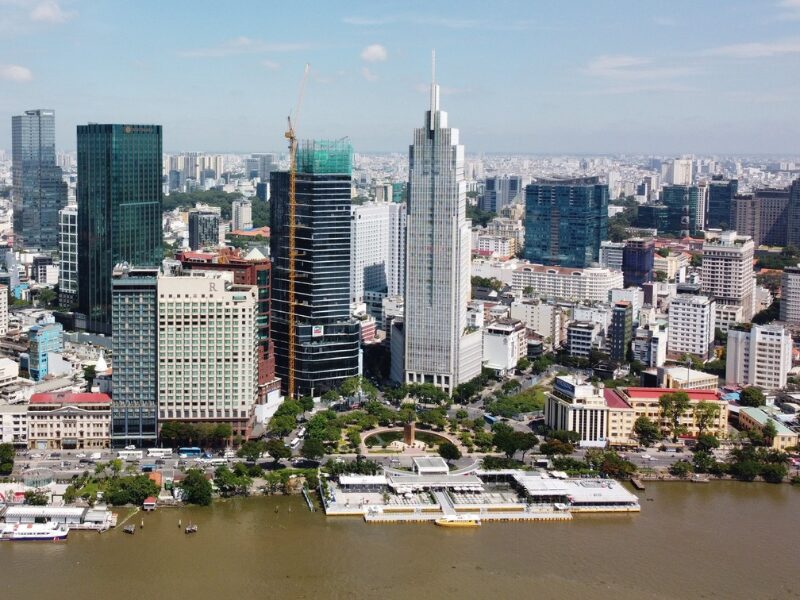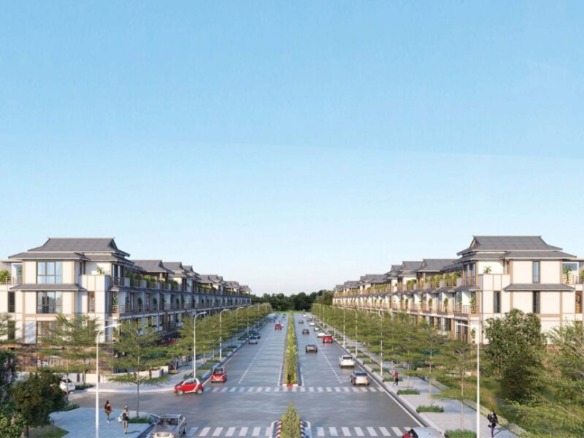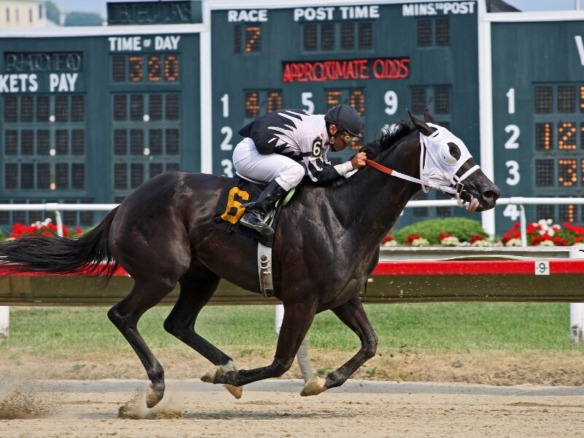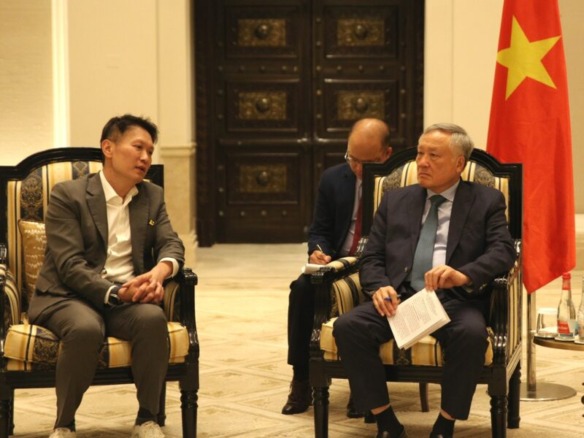Contents
Ho Chi Minh City real estate faces ongoing challenges, yet recent policy shifts offer promising solutions. For instance, expanding foreign ownership quotas could unlock significant international capital. This approach not only addresses supply shortages but also positions the city as a key player in regional markets. Moreover, data from industry experts highlights potential growth in high-end segments.
New Policies Transform Ho Chi Minh City Real Estate Landscape
Recent data reveals a persistent housing shortage in Ho Chi Minh City. The city aimed for 235,000 new units from 2021 to 2025, but only 24% has been achieved. This leaves a gap of 179,000 units. In Q2 2025, just 1,600 new apartments entered the market, up 38% year-on-year. However, primary supply remains low at 5,400 units, with a 45% absorption rate.
Sales in the first half of 2025 totaled 3,800 units from 6,800 available. Projections for 2025-2027 estimate 39,000 new apartments. These figures underscore the need for reforms. Fortunately, streamlined approvals under new laws promise recovery. For deeper insights into Vietnam’s economic context, visit the World Bank Vietnam Overview.
The landed housing segment struggles more intensely. Q2 2025 saw only 600 primary units, with 80 new additions. Absorption fell to 15%, reflecting high inventory and limited buyers. First-half supply was 700 units, with 170 sold. Future additions until 2027 may reach 3,600 units, mostly in suburbs.
Attracting Foreign Capital to Ho Chi Minh City Real Estate
Foreign investment is rebounding thanks to the 2023 Housing Law. It permits foreigners to own commercial housing for 50 years, with extension options. Additionally, more projects now qualify for foreign sales. Ho Chi Minh City recently added 48 projects, totaling 65 eligible ones. This expansion fosters legal demand and capital inflow.
Experts like Nguyễn Khánh Duy from Savills emphasize the 30% foreign ownership cap per building. It prevents price volatility while enhancing liquidity. Yet, challenges persist. The 2024 Land Law does not classify foreigners as land users, creating contract ambiguities. Clarifying these in documents is essential to protect buyers.
To explore comprehensive market reports, check Savills Vietnam Research. Their analyses provide valuable data on trends.
Investor Preferences in Ho Chi Minh City Real Estate
Foreign buyers favor mid-to-high-end apartments. They seek moderate sizes, international branding, and prime locations near city centers or metro lines. Typical transactions range from $500,000 to $1 million per unit. This preference aligns with urban development goals.
In the long term, these trends could elevate Ho Chi Minh City’s status in Southeast Asia. By integrating global capital, the market gains stability. However, sustained policy refinements are crucial. For comparative insights on regional real estate, refer to CBRE Vietnam.
- Key Benefits of Policy Changes: Increased foreign quotas boost absorption rates; enhanced legal frameworks reduce risks; greater international appeal strengthens economic ties.
- Market Projections: Apartment supply may rise moderately; landed properties focus on suburban growth; overall, foreign investment could double in high-end segments.
- Expert Advice: Investors should review contracts carefully; prioritize projects with clear land rights; monitor metro expansions for value appreciation.
Ultimately, these solutions could revitalize Ho Chi Minh City real estate. As policies evolve, opportunities for foreign investors expand. This not only eases supply pressures but also fosters sustainable growth.





Join The Discussion